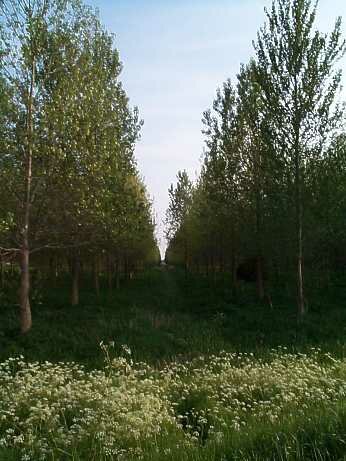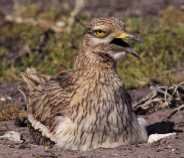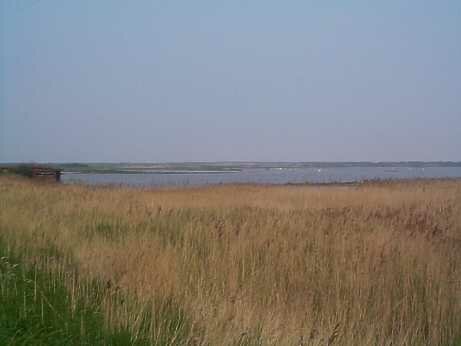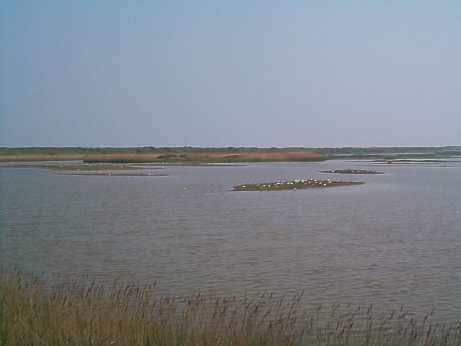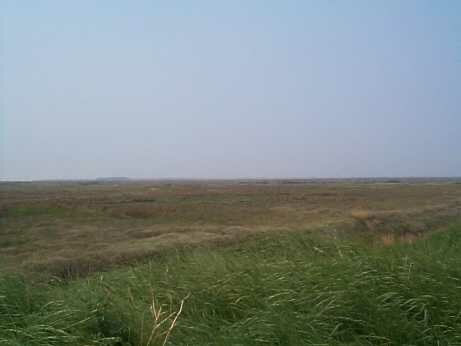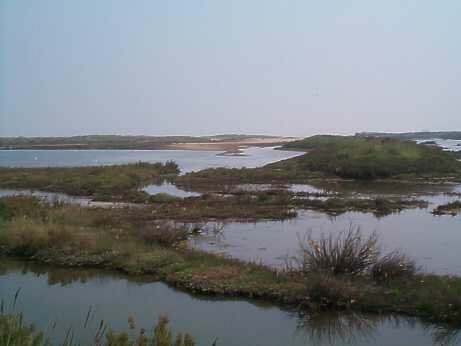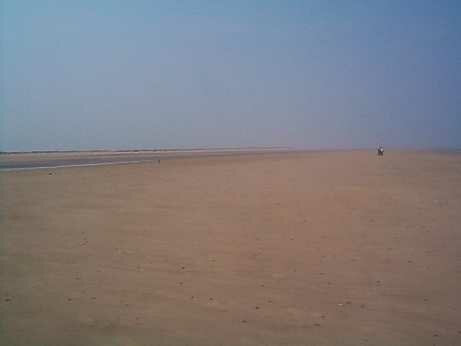|
?
|
?A marathon field trip by seven of our members (subsequently identified by their very sunburnt faces!), proving once again that there is nowhere like Norfolk and Suffolk for birding. Reserves and Locations visited were as follows: TitchwellOn the beautiful North Norfolk coast, 5 miles/8 km east of Hunstanton, Titchwell offers a wealth of birds throughout the year. A firm path, suitable for wheelchairs and pushchairs, runs from the visitor centre to the sandy beach, past reedbeds, saltmarsh and shallow lagoons. A new path and boardwalk , also wheelchair and pushchair accessible, passes through areas of fen and wet woodland (carr) to the Fen Hide. There are two more hides overlooking the lagoons, both are accessible to wheelchairs. Facilities: The RSPB shop within the visitor centre has a wide range of books, CD-ROMs, audio and optical equipment, outdoor clothing and bird care products. Directions: Opening times: Weeting HeathThe only sure location to see Stone Curlew from mid-March onwards. Wheatears have been known to nest in rabbit burrows on the site and Crossbills may be seen in in the pine trees. Directions:
Lakenheath FenA brand new reserve, under the auspices of the RSPB, situated alongside the Little Ouse River. Habitats include: fen, riverside, wet meadows, scrapes, grazing marshes, poplar plantations. Lakenheath Fen has superb potential, and is already very popular, possibly the next centurys Minsmere? The riverside walk can be very wet and rough underfoot, not suitable for wheelchairs or pushchairs at present. Good all round viewing from path. SnettishamIf you visit Snettisham at high tide during the autumn and winter, you will be treated to one of Britain's greatest wildlife spectacles. The Wash's rising tide pushes tens of thousands of wading birds and ducks up the beach and onto the reserve's pools. From November to early February, up to 40,000 Pink-footed Geese roost on the reserve. They are best viewed either early in the morning or late afternoon. At other times, many thousands of birds feed on the reserve and in the summer you can see nesting gulls and terns. Tide tables are available from the reserve. There is one trail, about 3 miles/5.5 km long. Access arrangements are currently under review. Please phone the reserve for the latest visiting information. Disabled visitors may, by arrangement with the warden, drive to the first hide. Directions: Species Observed:?
|
Page last updated:
Web Design Graham Mee. ? Copyright of all pages South East Essex RSPB Local Group. All images copyright of owners
The Royal Society for the Protection of Birds. Registered charity no 207076
